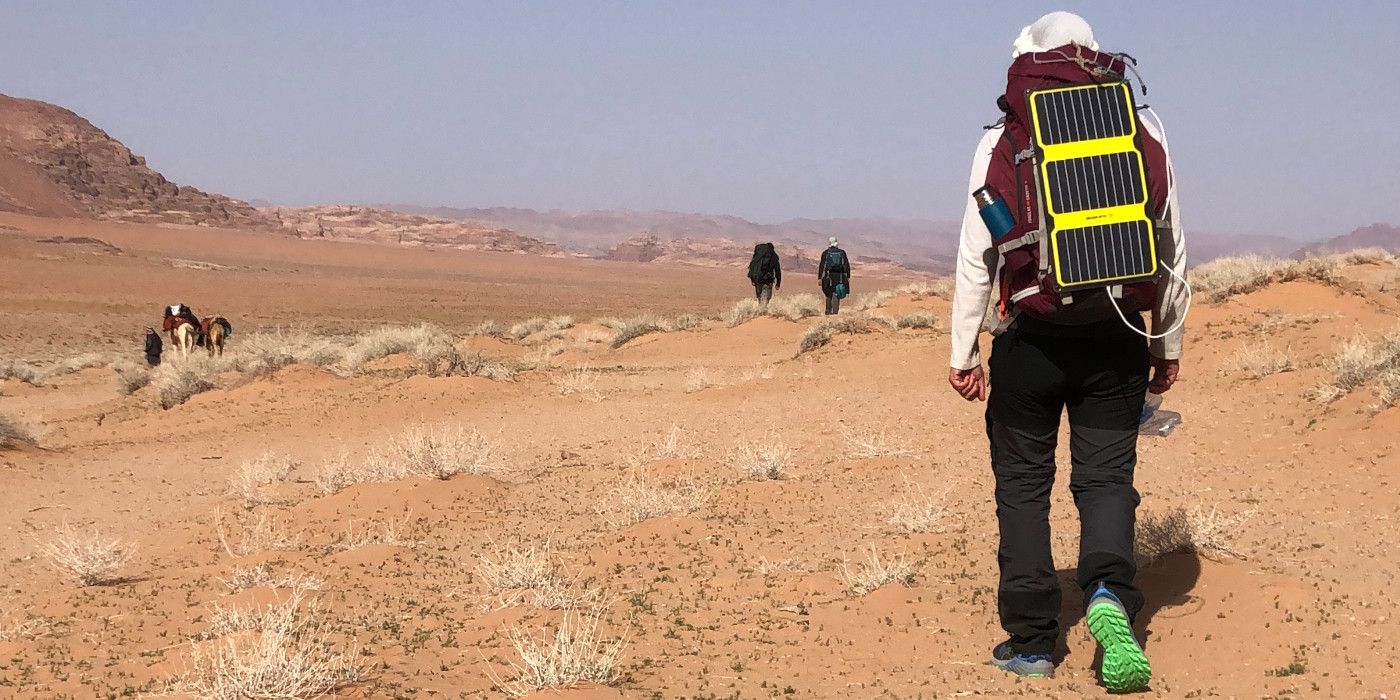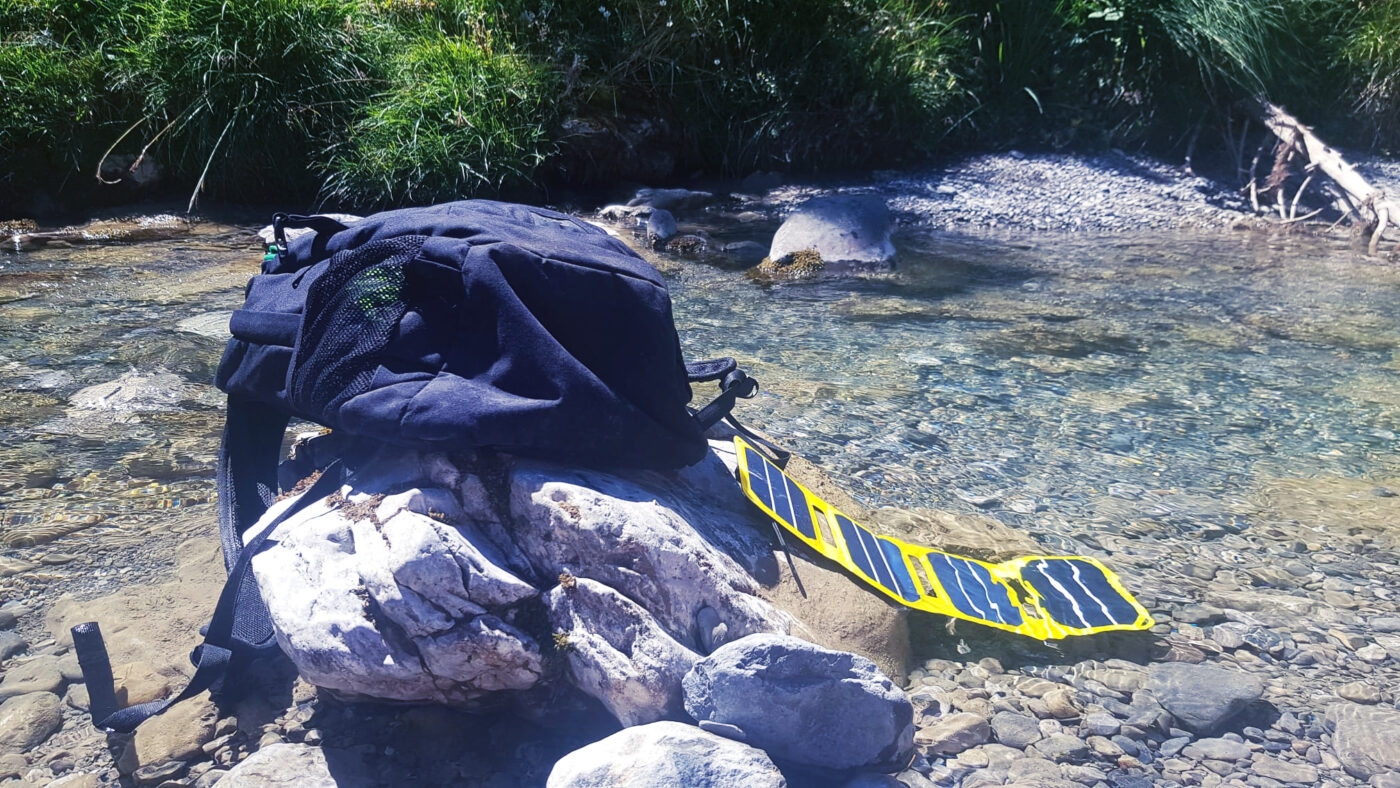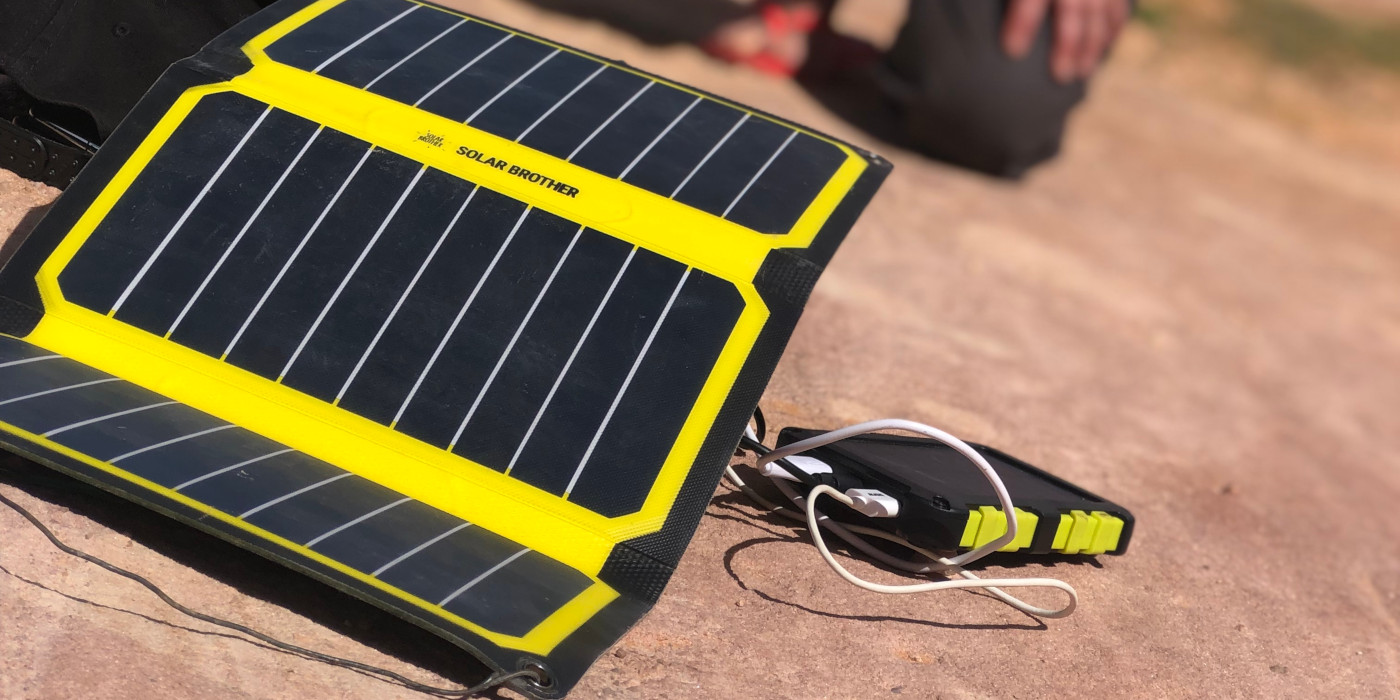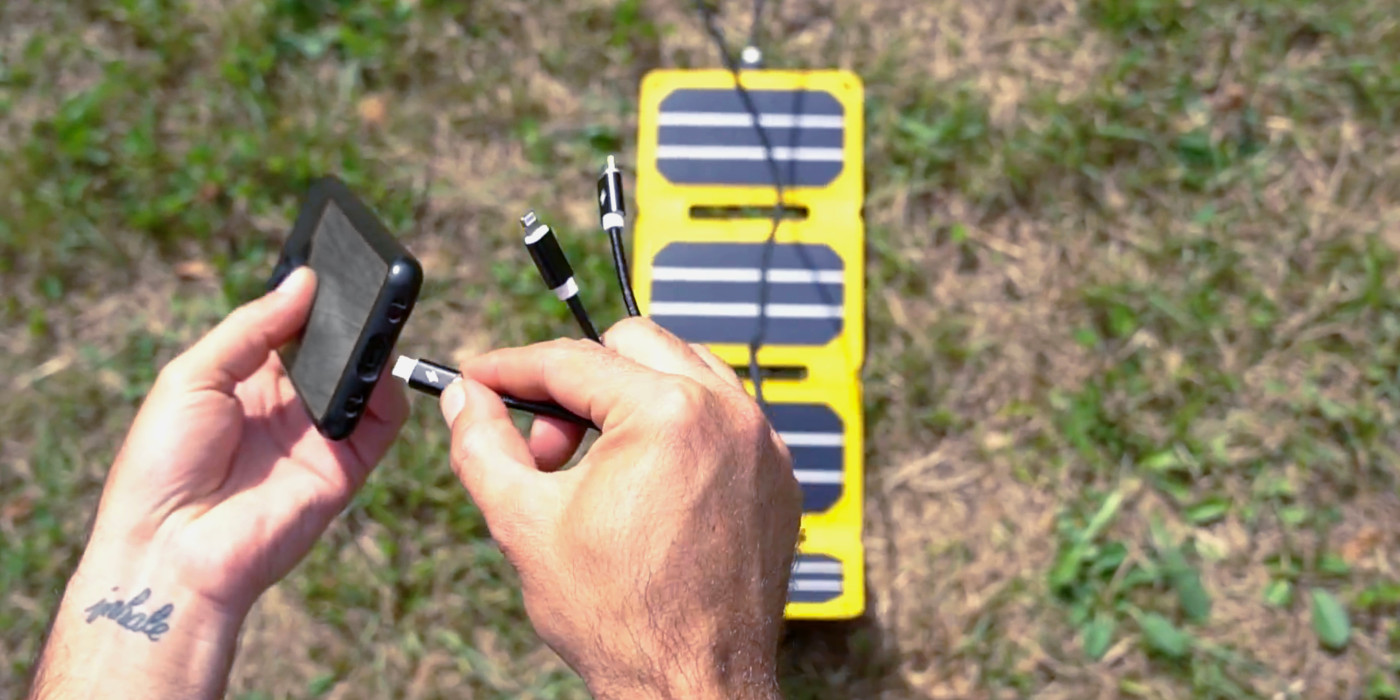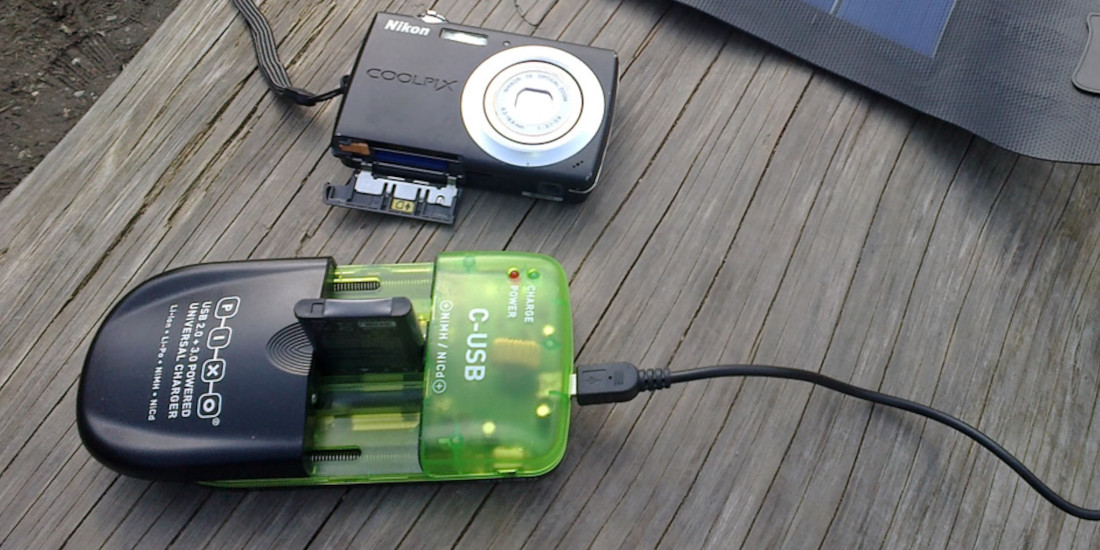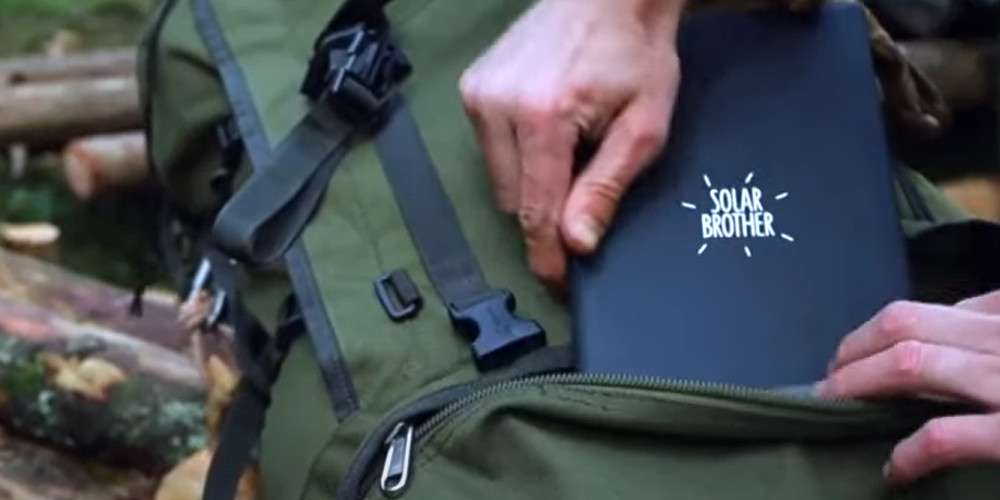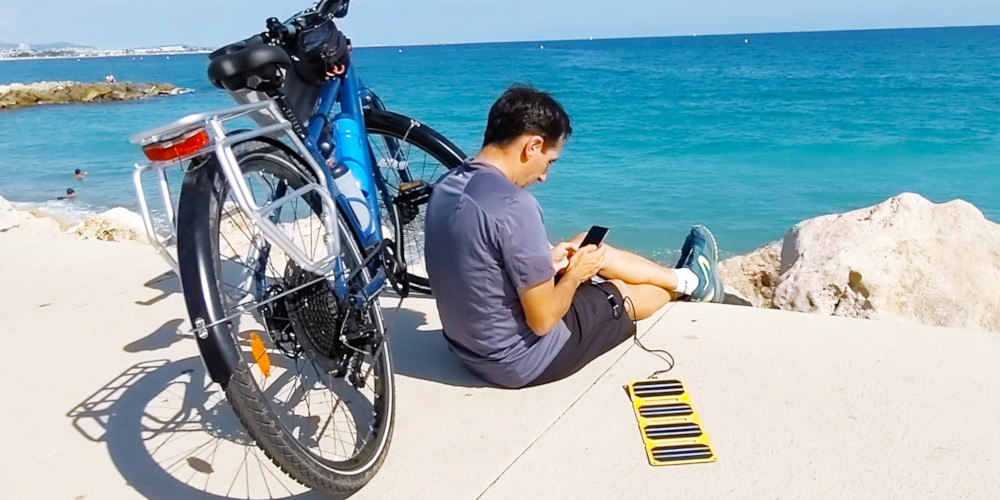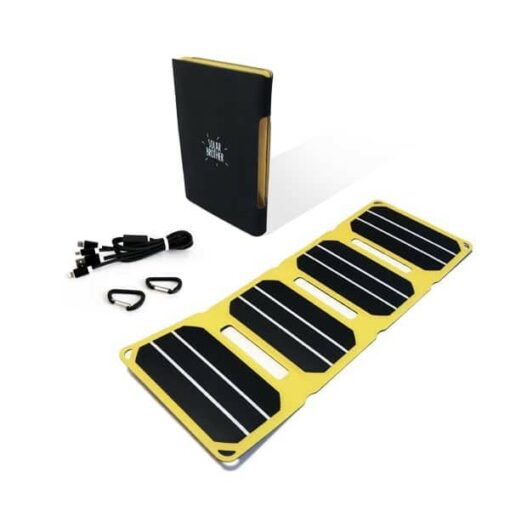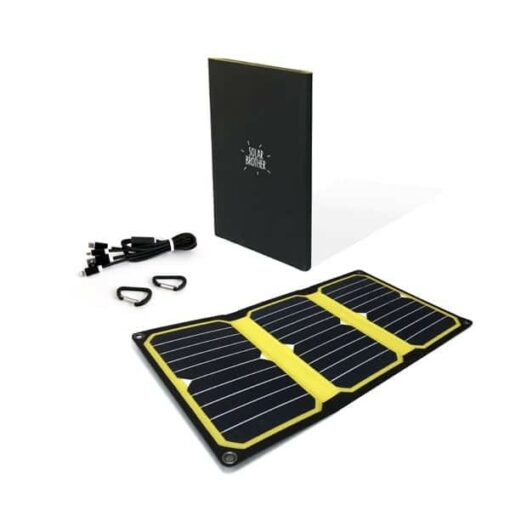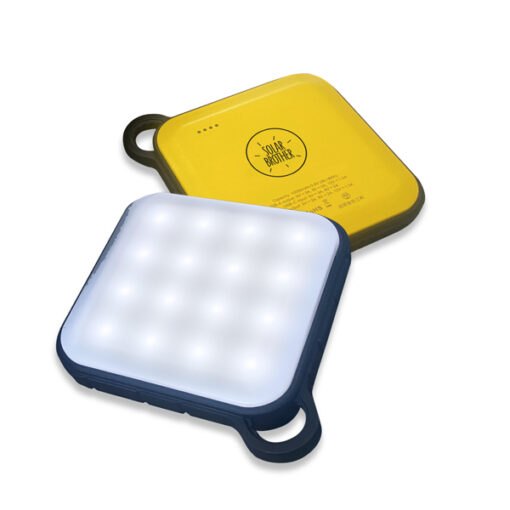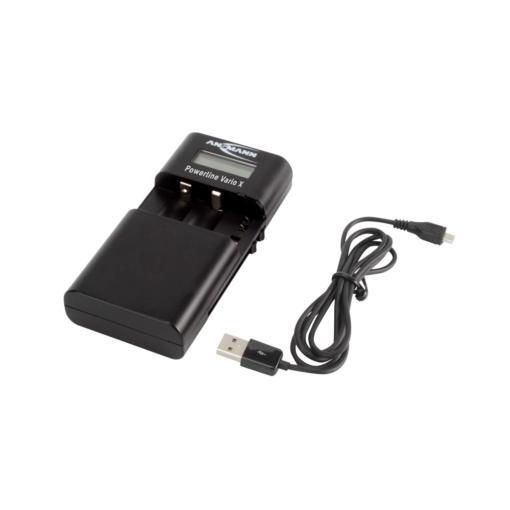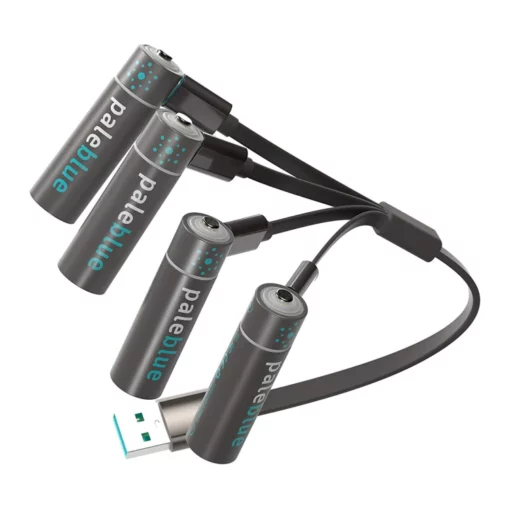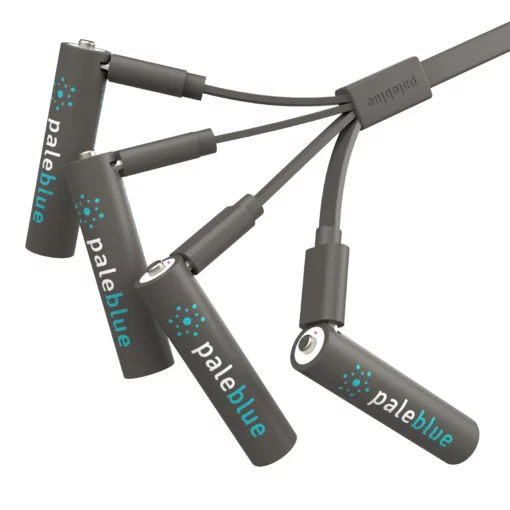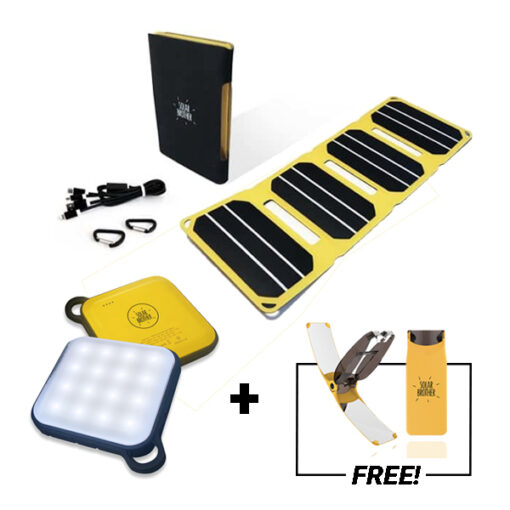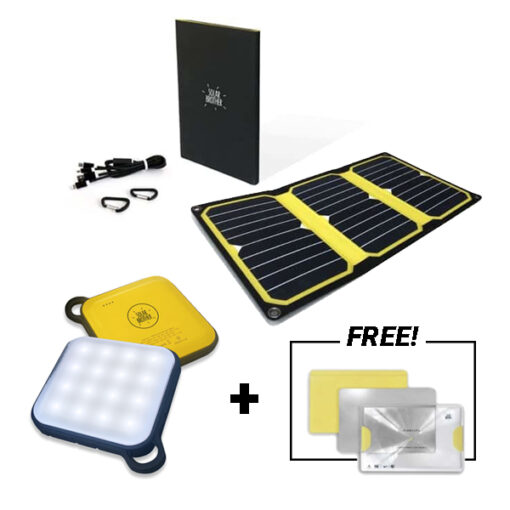News
Solar charger: the essential hiking accessory
A solar charger for hiking?
The first portable solar panels appeared on the market in the mid-2000s, thanks to the development of cell phones, hiking GPS and the transition from photography to digital technology. In practice, theramblers, hikers, trekkers and adventurers don’t always have access to the electrical grid to recharge their batteries. In the past, the only solution was to increase the weight of the bag by carrying numerous batteries, pre-charged according to the desired range. By eliminating this constraint, the
solar charger
has become the essential accessory for all outdoor enthusiasts.
How does a portable solar panel work?
A solar charger consists of photovoltaic cells that convert light into electrical current. A solar charger works in all weathers, but the amount of current produced varies according to the amount of light received: charging will take 2 to 3 times longer on cloudy days. To be 100% autonomous, it’s important to charge your device as soon as the weather conditions are right, or to store energy for later use. A solar panel doesn’t store energy; the electricity produced is stored directly in your device’s battery or in an external battery.
What are the different types of solar charger?
The most suitable solar chargers for hiking come in the form of a
foldable solar panel
waterproof, flexible and lightweight. These features enable the solar charger to be installed and hung on a backpack, tent or other support. After use, the solar charger folds away for easy storage in a pocket. Foldable solar panels come in a range of sizes and wattages for fast charging of all mobile devices. In good weather and in a fixed position, a
portable solar panel
can directly charge your device as quickly as the original mains charger.
There are also external batteries on the market with a small solar panel, often called solar chargers. The size of the solar panel is too small to charge the battery in just a few days, and we strongly advise against leaving a battery in direct sunlight to avoid overheating. This small panel can only be used to prevent the natural discharge of a battery when not in use, provided the battery is left in a place protected from direct sunlight.
Why use an external battery with a portable solar panel?
The
external battery
(powerbank) is the essential accessory for solar chargers: it stores the electricity generated during the day to create a reserve of energy available at any time (especially in the evening). The external battery is essential if you want to use your solar charger on the move, for example with the solar charger attached to your backpack. Indeed, if the orientation of the panel changes continuously, the amount of energy produced will vary in the same way. As a result, it will be impossible to produce a constant current for the proper charging of your device. The external battery has the advantage of absorbing all the current produced by the solar charger. Once the energy has been stored, the battery enables you to charge your device quickly and efficiently whenever you need it.
How do I charge a USB portable device with a solar charger?
Using a solar charger is simple:
1. Face the solar panel towards the sun or lay it flat.
2. Connect your device’s USB cable to the solar charger’s output.
3. Your device starts charging immediately if there’s enough light!
Always protect your device from direct sunlight when charging, to avoid overheating: hide your device under the panel or a heat-resistant object. Avoid charging your device directly with a solar charger if it’s on the move (on a backpack), in which case you should use an external battery.
How to charge a camera with a solar charger?
Compact cameras are usually charged using a USB cable, and charging is simply a matter of connecting the USB cable to the solar charger’s output. However, there are still many cameras where the battery or cells are recharged outside the camera using an external charger. In these cases, the simplest solution is to use a
universal battery charger
which, with a single ultra-lightweight USB box, can charge AA or AAA batteries, or any rechargeable battery with a voltage of 3.6V, 3.7V, 7.2V or 7.4V.
How long does a portable solar panel last?
Solar chargers are waterproof, but are not designed for permanent outdoor use like solar panels on roofs. When not in use, store your charger in a dry, sheltered place. Solar cells have a lifespan of over 20 years, and if you take good care of your charger, it will be with you everywhere for a very long time. Finally, remember to clean the surface of the solar panel with a damp cloth after use, as too much dust will reduce its output.
Solar Brother solar chargers
Discover our range of high-efficiency solar chargers to fill up on energy and new experiences!

